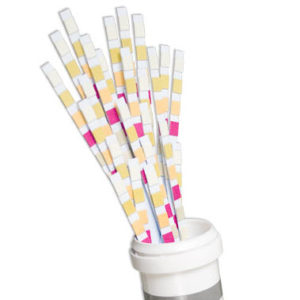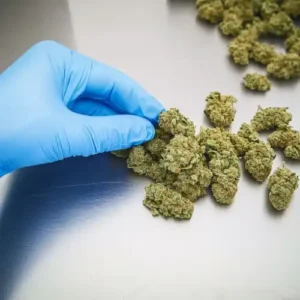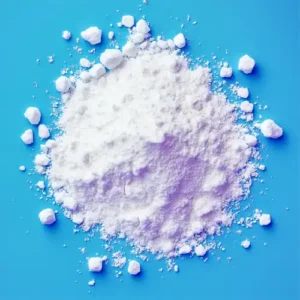For an employee, taking a urine drug test can be a stressful experience. In many occupations, failing a drug test can mean instant dismissal and loss of livelihood. For this reason, those who fear that their drug use will be detected may resort to radical measures to make sure that they are not discovered.
Most drug screening at work involves urine drug testing. This type of drug testing is advantageous for the employer as it allows them to see if the donor has used drugs in the recent past. However, the disadvantage with this type of testing is that it is open to abuse. Donors may try and cheat the test by tampering with the urine sample they provide in order to get a false negative drug test result.
What is Adulteration?
Any attempt to change a drug test result by tampering urine specimen is know as adulteration. This kind of behaviour can lead to false positive drug test results as the drugs in the sample may be destroyed by tampering.
Engaging in the alteration of a urine specimen for the purpose of drug testing is not only morally wrong but also against the law in many countries. The act of tampering with these samples not only puts at risk the accuracy of the test results, but also undermines its fundamental objective which is to establish an environment free from drugs. This applies particularly within workplaces and sporting events.
Some individuals resort to adulteration as a means to deceive the system and evade the repercussions associated with their drug usage. They may opt to introduce substances such as bleach, soap, or eye drops into the urine sample so as to modify its composition. Consequently, these substances have potential to mask the presence of some drugs or impede the process of detecting them.
Adulteration of urine specimens can occur in different ways, with one method being the addition of water or other liquids to dilute the concentration of drugs present. The intention behind this technique is to decrease drug metabolite levels to the point where they are undetectable by testing, potentially leading to a false negative result.
To combat tampered samples, drug testing facilities have implemented various strategies. These measures include conducting temperature checks and measuring pH levels in order to identify any abnormalities. They also involve specifically testing for substances commonly used for adulteration. Additionally, observed collection procedures, where the donor is supervised during the sample collection process, play a pivotal role in ensuring that the integrity of each specimen is preserved.
What are Adulteration Test Strips?
Adulteration test strips have been designed as a cost-effective way of detecting if a urine specimen has been adulterated. They are also known as specimen validity tests. These types of tests offer results within one minute.
Typical Parameters on Adulteration Test Strips
Creatinine is found in urine as a waste product. It can be used as a marker for drug testing. Dilution of a urine sample can be either in vivo (meaning the excessive volumes of liquid were drank by the donor) or in vitro (meaning that liquid was added to the urine sample after collection). These are most seen forms of specimen tampering.
In vivo dilution is often called “flushing” and involves the donor drinking excessive amounts of water or using diuretics such as herbal teas to try and foil the drug test.
Low creatinine may indicate dilute urine. A lack of creatinine in a specimen (<5 mg/dl) is indicative of a sample not consistent with human urine.
Specific Gravity also tests for sample dilution as it measures the “viscosity” of a urine sample.
Normal human urine has a specific gravity (SG) ranging from 1.003 to 1.030. Any sample that is measured outside of this range may have been adulterated.
Nitrite. Some may try and cheat a drug test by adding a commercial
A nitrite check for adulterants will detect if a commercial adulterant such as Whizzies or klear has been used to try and eliminate the presence of THC-COOH.9 (cannabinoid metabolite) from urine. Nitrites should not be present in urine so a positive result would generally indicate adulteration.
Glutaraldehyde is a chemical found in some commercial adulteration agents such as Clear Choice and UrinAid. The presence of this compound in a urine sample may indicate that the specimen has been adulterated.
pH – This test will detect the use of alkaline or acidic adulterants in urine. Usual pH levels are in the range of 4.0 to 9.0, anything out of this range may well have been tampered with.
Oxidants/PCC – Agents such as bleach, hydrogen peroxide and pyridinium chlorochromate (UrineLuck) are popularly used adulterants. Oxidants or PCC are not found in normal human urine so their presence shows that adulteration has taken place.
Photo by Anthony Cunningham for Zoom Testing
This post first appeared in 2015. It was last updated in July 2023.
Zoom Testing is a leading UK drug testing company and a supplier of Drug Test Kits.






